 | ||
Trap street saddi streets video
A trap street is a fictitious entry in the form of a misrepresented street on a map, often outside the area the map nominally covers, for the purpose of "trapping" potential copyright violators of the map who, if caught, would be unable to explain the inclusion of the "trap street" on their map as innocent. On maps that are not of streets, other "copyright trap" features (such as nonexistent towns or mountains with the wrong elevations) may be inserted or altered for the same purpose.
Contents
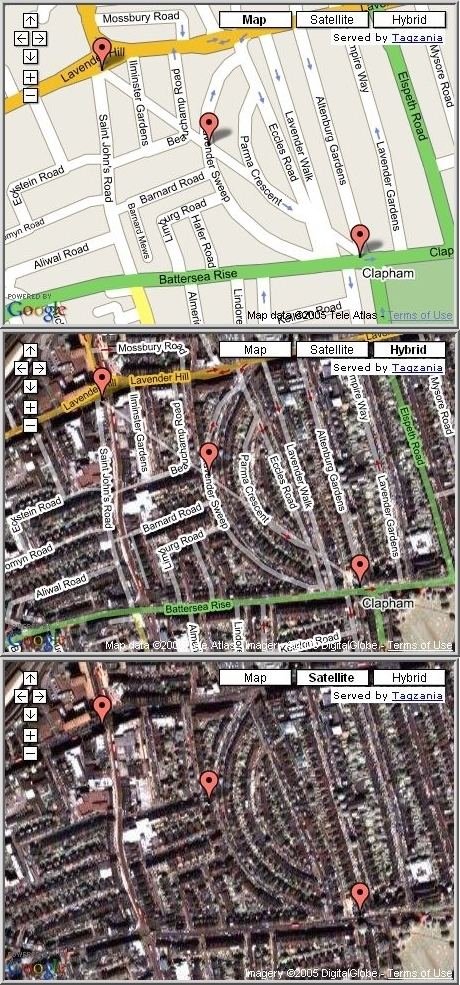
Trap streets are often nonexistent streets; but sometimes, rather than actually depicting a street where none exists, a map will misrepresent the nature of a street in a fashion that can still be used to detect copyright violators but is less likely to interfere with navigation. For instance, a map might add nonexistent bends to a street, or depict a major street as a narrow lane, without changing its location or its connections to other streets.
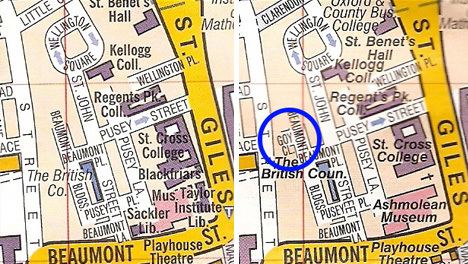
Trap streets are rarely acknowledged by publishers; though a popular driver's atlas for the city of Athens, Greece warns inside its front cover that potential copyright violators should beware of trap streets.

Trap streets and paper towns
Examples
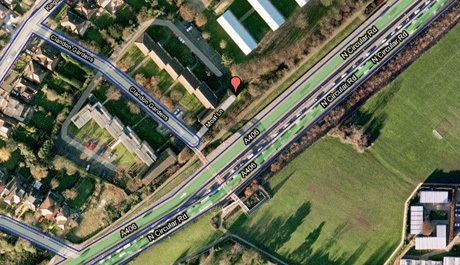
In an edition of the BBC Two program Map Man, first broadcast 17 October 2005, a spokesperson for the Geographers' A-Z Map Company claimed there are "about 100" trap streets included in the London A-Z Street atlas. One such street, "Bartlett Place", a genuine but misnamed walkway (named after Kieran Bartlett, an employee at Geographers’ A-Z Map Company), was identified in the programme and will appear in future editions under its real name, Broadway Walk.

It has been suggested that Google Earth placed Sandy Island, New Caledonia as the geographical analog to a trap street, although historical evidence implies that it originated as a cartographical error and Google simply passed the error along.
Legal issues
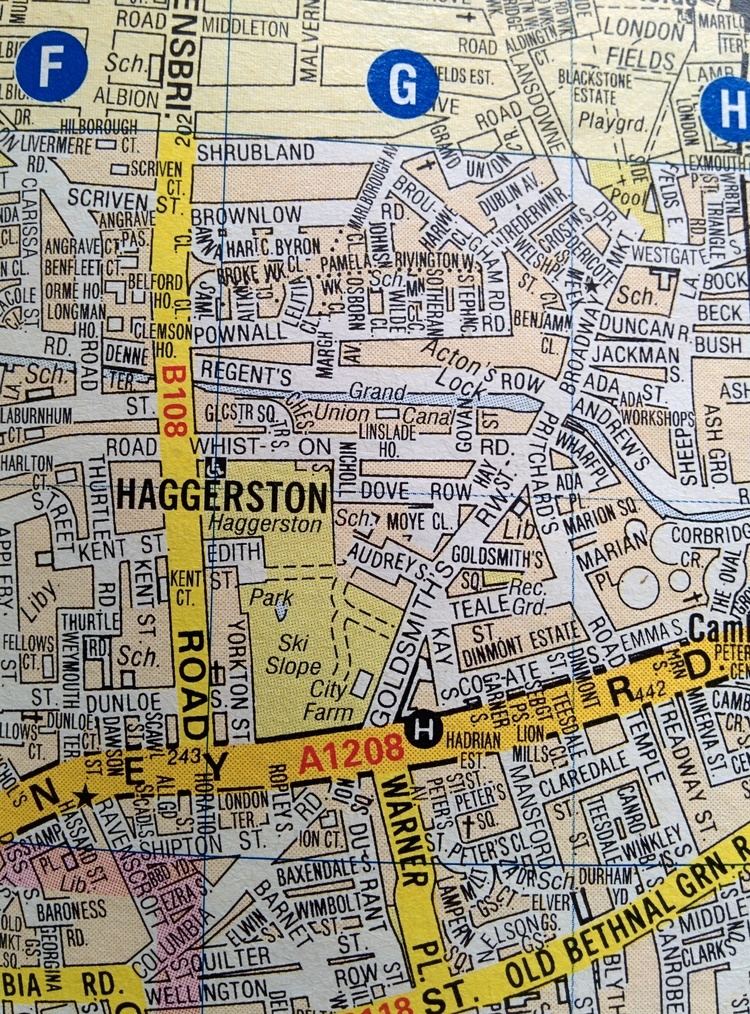
Trap streets are not copyrightable under the federal law of the United States. In Nester's Map & Guide Corp. v. Hagstrom Map Co., a United States federal court found that copyright traps are not themselves protectable by copyright. There, the court stated: "[t]o treat 'false' facts interspersed among actual facts and represented as actual facts as fiction would mean that no one could ever reproduce or copy actual facts without risk of reproducing a false fact and thereby violating a copyright ... If such were the law, information could never be reproduced or widely disseminated." (Id. at 733)
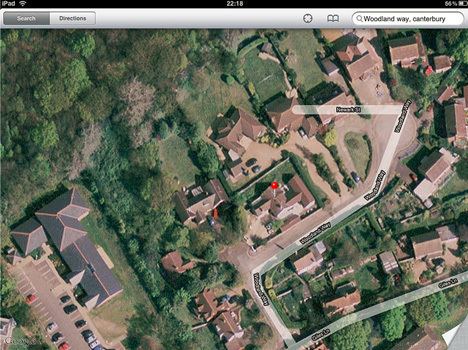
In Alexandria Drafting Co. v. Andrew H. Amsterdam dba Franklin Maps, the court ruled that "fictitious names may not be copyrighted" and "the existence, or non-existence, of a road is a non-copyrightable fact".
In a 2001 case, the Automobile Association in the United Kingdom agreed to settle a case for £20,000,000 when it was caught copying Ordnance Survey maps. In this case, the identifying "fingerprints" were not deliberate errors but rather stylistic features such as the width of roads.
In another case, the Singapore Land Authority sued Virtual Map, an online publisher of maps, for infringing on its copyright. The Singapore Land Authority stated in its case that there were deliberate errors in maps they had provided to Virtual Map years earlier. Virtual Map denied this and insisted that it had done its own cartography.
